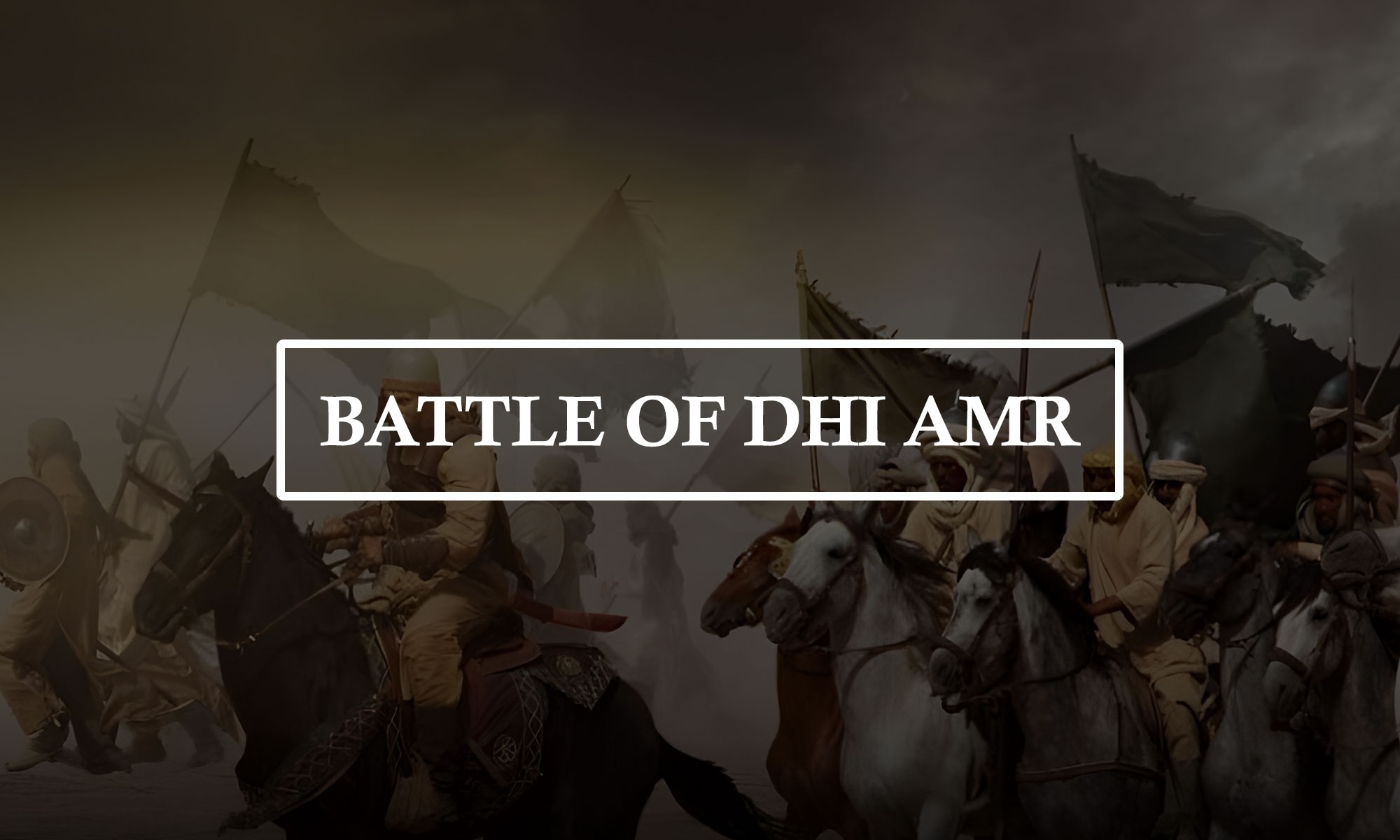Battle of Dhi Amr

The Prophet Muhammad - peace be upon him - led many Battles from the time of his migration to Medina until his passing. Historians have collectively referred to these as the "Prophet Muhammad Battles" or the "Battles of the Messenger".
Whether he personally led them or delegated the command to one or more of his companions, these Battles were all in accordance with the principles and teachings of Jihad in the path of God. This article sheds light on one of these Battles, known as the Battle of Dhil Amr.
Reasons for the Battle of Dhil Amr
The Battle of Dhil Amr was one of the largest military campaigns organized after the Battle of Badr and before the Battle of Uhud. The Prophet - peace be upon him - personally led it when reports reached him that the tribes of Bani Muharib and Bani Tha'labah, a well-known Arab tribe, and Bani Tha'laba, a Jewish tribe living in Medina, had formed an alliance and were amassing a significant force to raid the outskirts of Medina.
Objectives of the Battle of Dhil Amr
Upon learning of the alliance between these two tribes and their intent to launch an aggressive attack on Medina, the Prophet - peace be upon him - assembled an army of 450 fighters to confront them outside the city. His strategy, which he often employed in his Battles, was to prevent the enemies from reaching Medina and its inhabitants.
Simultaneously, this strategy aimed to instill fear and apprehension in the hearts of non-Muslims, including both polytheists and Jews, as they were capable of initiating attacks rather than merely defending.
Date of the Battle of Dhil Amr
The events of this Battle took place in the third year of the Prophet's migration, prior to the Battle of Uhud, near a location called Dhil Amr. The Prophet and his army stayed in this area for approximately a month before returning to Medina.
Events of the Battle of Dhil Amr
Following the victorious return of the Prophet and his army from the Sawiq Battle at the end of the second year of migration, the Muslims resided in Medina without encountering any battles or threats for about a month in the month of Dhul-Hijjah of that year. At the beginning of the third year of migration, news reached the Prophet that the tribes of Muharib and Tha'labah had begun preparing an army to attack the outskirts of Medina. In response, the Prophet Muhammad - peace be upon him - resolved to confront them before they could attack the city. He gathered an army of 450 fighters, including cavalry and infantry, and set off towards Najd, the homeland of these tribes in central and northern Arabia. The army reached a location called Dhil Amr, where the tribes had assembled their forces.
During their march, the Muslims captured a member of the Bani Tha'labah tribe named Jubair. The Prophet invited him to embrace Islam, and Jubair accepted. Bilal ibn Rabah was entrusted with teaching him the basics of the religion. The Muslims used Jubair as a guide in enemy territory. When the Bani Tha'labah and Bani Muharib tribes learned of the approach of the Muslim army, they panicked and fled from their combat positions to the mountains. Historians have also referred to this Battle as the Ghazwah of Ghatafan and Ghazwah of Anmar.
Results of the Battle of Dhil Amr
The Battle of Dhil Amr concluded without any battle, as the tribes of Bani Tha'labah and Bani Muharib fled in fear of facing the Muslim army in combat. This achievement fulfilled the primary objective of the Prophet's Battle, which was to deter these tribes from attacking Medina and to instill fear in the hearts of other Arab tribes who were hostile to the Muslims. The Prophet Muhammad and his army stayed at Dhil Amr for about a month without encountering any resistance or attacks from the tribes. They then returned to Medina.
One significant outcome of this Battle was the conversion to Islam of Da'thur, a leader from the Bani Ghatafan, renowned for his influence and prestige. This conversion was a result of the Prophet's forgiveness and kindness. Da'thur initially intended to assassinate the Prophet, but after a divine intervention, he embraced Islam. The incident conveyed to the Arab tribes that Muhammad was indeed a Messenger of God, given that it was not customary for rulers to pardon someone holding a sword to their throat. Additionally, the Battle strengthened and trained the Muslim army, preparing them for more formidable challenges in the days and years to come.